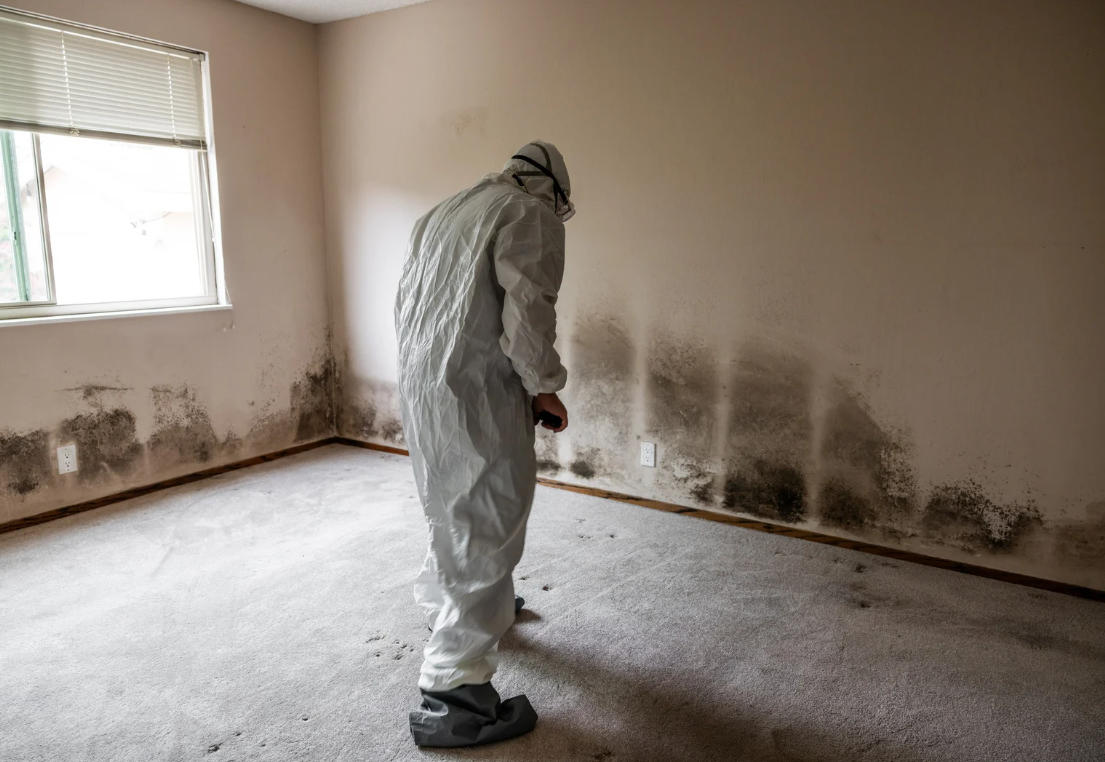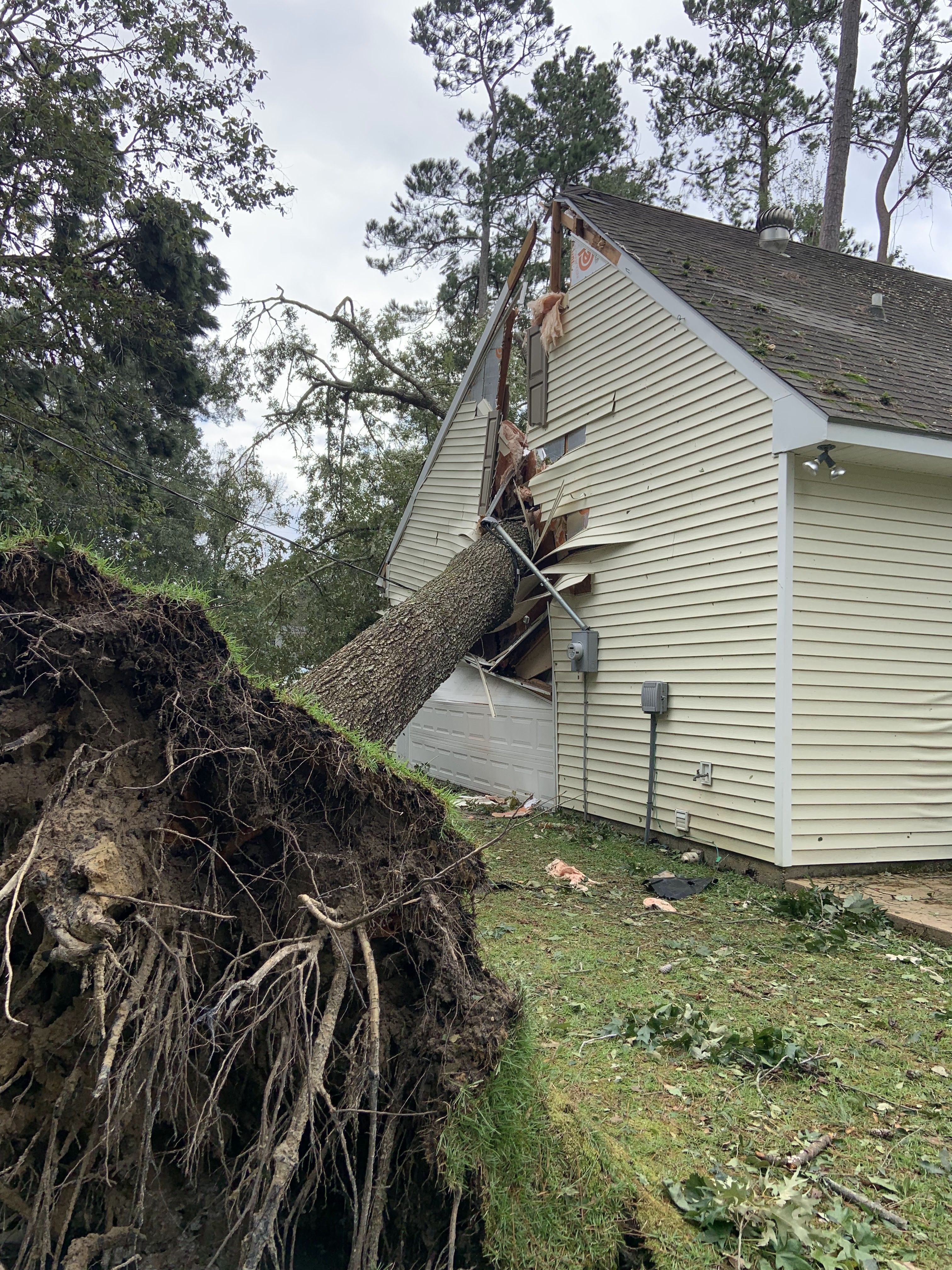Mold Exclusions: When They Don’t Actually Bar Your Insurance Claim

Mold Exclusions: When They Don’t Actually Bar Your Insurance Claim
Many property owners are surprised to learn that their insurance policies often contain mold exclusions — language that seems to say the insurer won’t pay for any damage caused by mold. At first glance, this can feel like a dead end if you discover mold after a water leak or storm. But the truth is more nuanced. In many situations, those exclusions do not apply if the mold was caused by a “covered peril,” meaning a type of loss your policy specifically protects against.
Insurance policies work by covering certain events, or perils. Common covered perils include sudden and accidental water damage (like a burst pipe), fire, lightning, windstorms, or hail. Many policies have separate sections that attempt to exclude damage caused by mold or fungi. However, these exclusions usually aren’t absolute. If the mold growth is a result of a peril that the policy covers, the insurer may still have to pay for the related damage — including the mold remediation.
For example, suppose a pipe in your wall bursts unexpectedly, releasing gallons of water before you discover it. The water soaks drywall, insulation, and flooring. Days later, mold starts to grow in the damp materials. Your policy might contain a “mold exclusion” clause, but the key question is what caused the mold. Since a sudden and accidental pipe break is typically a covered peril, the resulting mold damage should also be covered — even if the policy tries to exclude mold in general. The same reasoning often applies if a roof is damaged by a covered windstorm, rain enters, and mold develops.
Insurance companies sometimes can use the complexity of policy language to deny these claims. Adjusters may point to the mold exclusion and say, “Sorry, we don’t cover mold.” But they may ignore that causation matters. Courts and insurance regulations in many states have long recognized that when a covered event sets off a chain of damage — including mold — the insurer can’t avoid responsibility simply by citing the exclusion.
Some policies include language stating that if an excluded cause (like mold) plays any part in the damage, coverage may be barred. However, in many states, courts have held that if the primary or efficient cause of the damage was a covered peril (such as water from a burst pipe), then the exclusion can’t override that coverage. In other words, the insurer may still be on the hook to pay.
Policyholders often need help proving this connection. Insurance carriers may argue that mold came from long-term humidity or maintenance issues, which generally aren’t covered. But if you can show the mold developed because of a sudden, covered event, the exclusion shouldn’t apply. Evidence like plumbing reports, contractor assessments, and photographs of the initial water intrusion can be crucial.
If your insurer denies your claim by citing a mold exclusion, don’t assume the decision is final. At Averill and Reaney, we can review your policy language and the facts of your loss to determine if the exclusion really applies. We know how to interpret complex insurance clauses and can challenge wrongful denials. We often work with experts to prove the timeline and cause of damage, with the goal of getting our clients the full coverage they paid for.
The takeaway is simple: Mold exclusions aren’t always the last word. If mold growth stems from a peril your policy covers — like accidental water damage or storm-related leaks — your insurer may still be responsible for cleanup and repairs. Don’t let an overly broad denial discourage you. Knowing your rights and getting professional help when needed can make the difference between paying out of pocket and receiving a fair insurance payout.
Related Posts
Your Trusted Advisors in Property Damage, Personal Injury, and Estate Planning.
Contact Now
We’re here to help you. Fill out the form below to schedule a consultation and one of our team members will get back to you promptly.

